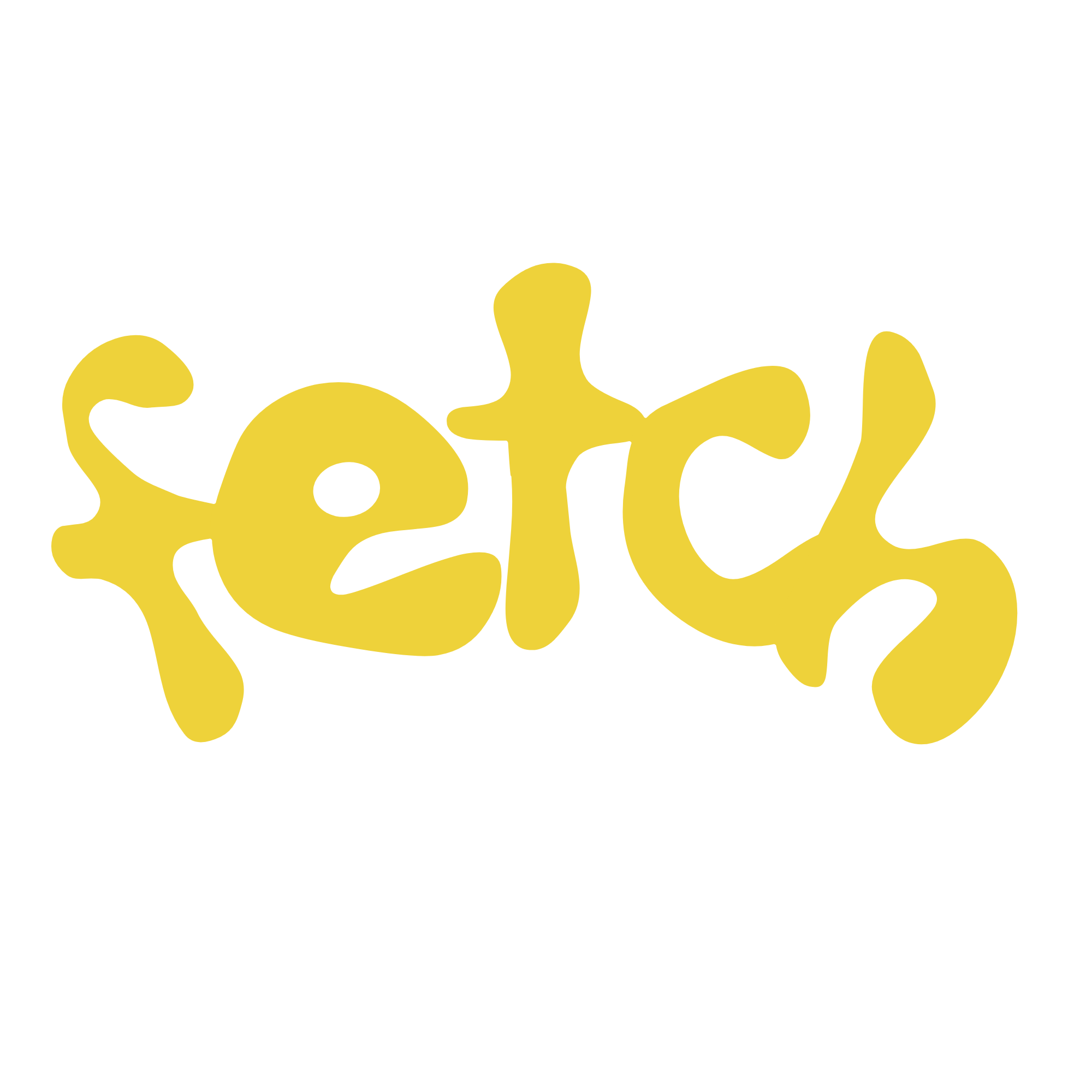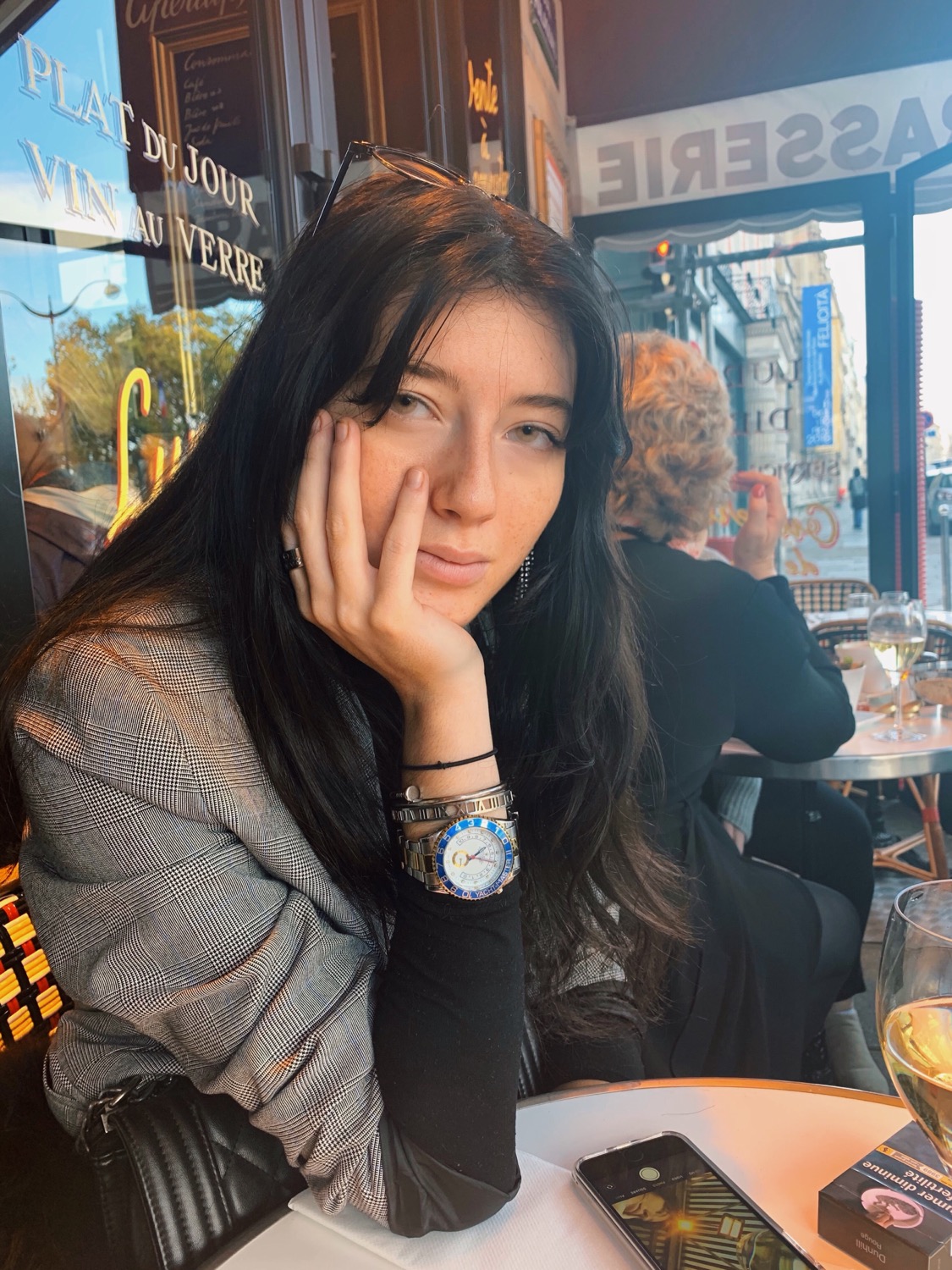FETCH FAVES: FRIEZE 2024
- Victoria Comstock-Kershaw
- Oct 10, 2024
- 6 min read
The best and the worst of this year's Frieze show just how delicate the balance between curatorial excellence and art market demands are, writes Victoria Comstock-Kershaw.

Palace Enterprise, Frieze London 2024 Photography ourtesy of Frieze / Linda Nylind
We're all aware of the current state of the art market. Last month, Susanne Vielmetter told CULTURED that "this contraction is as bad if not worse than 2008” and auction sale results have very poignantly pointed to the fact that there is little difference between what Art Basel/UBS calls a "cooling of the market" versus what the rest of the economic populace call a "fucking disaster". In regards to big fairs like Frieze, the cause-or-consequence question of these kinds of whoopsies has generally proved hard to answer: after all, who do (or even can) we blame — galleries, dealers, museums, collectors or artists?
This year, however, the answer lies in the fact that the refreshly rebranded Art Basel Paris will be taking place so soon after Frieze. “If there are people who ditch one for the other, that might give a sense of the limits of the art market at the moment,” noted Melanie Gerlis for Vogue Business. Galleries and fairs are battling for the much-needed attention of clients who are benefitting from strong markets (Dow Jones and S&P 500 closing at record highs only last week) but also show inclination towards a flight-to-quality approach. The rich veins of this secondary-market audience can be tapped quite easily by jangling the tantalisingly shiny keys of younger, more experimental artists and a blue-chip market in front of the nascent collector class.
The downside is there's nowhere near as much money being thrown about, and with most sales coming in below £100,000. However, the repositioning of emerging galleries, solo artists and the Focus section combined with younger, more risk-adverse buyers meant that galleries were far more comfortable taking creative as well as economic risks.
The Good

The best booths were, as always, those unafraid to get a little bit meta with the whole affair. Berlin-based Franz Kaka’s booth is a gloriously sensual take on the resurgence of textile art: vast swathes of bite-ably smooth plastic droop across the space on industrial fishing line, dyed in the sort of delicious earth-tones that would make Lawrence Calcagno blush. The booth embraces its own irony without pretension and plays extremely nicely with the ever-rising tension between traditional craft and contemporary installation.
You can always tell when a gallery is unafraid to get into the nitty-gritty of its own purpose and I was unsurprised to learn of Experimenter Outpost and Labs, two of Kolkata-based booth Experimenter's platforms, an iterative exhibitions program outside the physical gallery temporarily inhabiting disused scapes and an online platform respectively. We are quick (and correct) to praise East Asian art as it (re)enters major markets but I judiciously suggest the discerning Western collector also turn their eye South. Bani Adibii's Still life with margins of a newspaper was rightly praised by X Zhu-Nowell as a work in which "evolutionary attitudes are submerged within the fabric of the everyday" — powerful, genuine, and grounded: all the things a good work of art should be.
Mexico City's Galeria OMR is another international gallery that really impressed me. Pia Camil, Eduardo Sarabia, and Jose Dávila are all in their own rights extremely impressive artists, but the curation at OMR managed to combine their exploits into a seriously enjoyable and multi-dimensional space — not to mention they were one of the few booths to have more than three non-painting artworks, including the supremely good embroidery piece Bring the justice into an oblique line (Feathers and knives) by Gabriel Rico exploring the semiotic iconography of traditional war symbols.
mor charpentier paints an extraordinary tender portrait of "universal elements of emotion". Marwa Arsanios's untitled textile work combines English and Arabic translations and abstract geometry to create a geomorphological topology of wind and sun movements. Anas Albraehe's portraits of sleeping men are incredibly moving and Lara Almarcegui's Construction Materials series, in which the artist lists the architectural components of the building in which the work is installed, is always delightful (the Frieze Art Fair building weighs 1 513.2 tons, apparently).
Ginny on Frederick got a lot of praise for its renaissance of the tabernacle format and for good reason: Charlotte Edey's swirling stain-glass contours combine the computative dimensions of MC Eascher with the textural lumonisty of art deco, all ecapsulated in some gorgeously-crafted wooden frames. While not strictly speaking a Frieze event, I would highly suggest Syeda Aatika Fatima's Is Someone There? at Mandy Zhang Art if you're looking to indulge in further contemporary reimaginings of the medieval miniature style.
Palace Enterprise's penguins were great. Yes, I know it's a riff on/rip-off of Elmgreen & Dragset's Social Media at Frieze New York and yes, I know it's a selfie-culture trap. It's still great. Art deserves to be and have fun.
The Bad
Edel Assanti is a gallery whose works I usually look immensely forward to. Founder Jeremy Epstein is a hero in the London art scene and Jodey Carey’s Earthcasts was by far one of the best London Gallery Weekend shows, much replicated but as of yet unrivalled (see Delfina Braun’s Opium Whispers at Praxis in New York). Sadly I was left mildly unimpressed this time. One sort of feels if your focus is targeted on an immersive video installation — which is far from a bad thing and I deeply respect any gallery that went against the 'painting is king' rule this year — that the video art should be, well, good.
Excerpt from ‘Sweat Carousel,’ 2024Courtesy of Julian Knxx/Edel Assanti.
Despite how much I like the intellectual ethos of their Contactless Deliveries (a series of “video-essays by artists and academics responding to present histories defined by continuous crises”) Julian Knxx’s Sweat Carousel, a challenge to “fixed ideas of identity and unravel linear Western historical and socio-political narratives”, ultimately falls a bit flat. While the concept of two club-kid extraterrestrials marching around the drained Victoria Baths in Manchester has plenty of sociopolitical potential, it's a work that becomes rapidly Lucullan; overproduced and over-edited, too concerned with both itself and the historiographic context that it is attempting to inhabit to communicate any sort of message beyond "hey guys, isn't this all a bit weird?". It's a visually stunning and thematically rich work but there is too much of a disconnect between the method and the missive; you cannot talk of subculture without speaking of culture. No work can effectively bewail the same system that upholds its existence.
The gallery is clearly focusing on a roster of artists being (re)acclaimed by other institutions; their Frieze profile is littered with mentions of their artist's inclusions at sites like the Barbican and the V&A. It says more about the art market's disquietude towards emerging artists in response to the new wave of collectors and is a valiant effort at keeping up with the times, but it’s a shame to see them stumble at the finish line. That being said, Owen Pinhassi’s sculptures are excellent and I do think the gallery is very much on the right track by leaning into the proto-modernist resurgence of naturalist material and motifs in sculpture.
Alison Jacques fell into a disappointing pop-feminist trap with a collection of deeply uninspiring and tepid works including the Shrigley-esque works of Sophie Barber, Nicola L and some anaemic photography of women's bottoms in grassfields whose artist's name I was amiss to write down. I loved — really, truly, not-even-in-just-a-PR way — their homage to the collection of British art critic Guy Brett in June, so I was genuinely surprised to see the sort of art that would have made him baulk on display. I like to imagine there is some massive rift between whoever is in charge of their regular curation and whatever third-party consultant was in charge of organising the booth this year, but who knows.
Lorena Lohr's Desert Nudes at Soho Revue reminded me of Ewa Juszkiewicz’s woefully generic imitations of European portraiture: we are all, by now, extremely tired of works that rely solely on the tension between its own aesthetic form (here, the oil painting techniques and stylation of the Northern Mannerists) and content (the America Southwest). To paragraph the ever hilarious Martin Herbert, "artists, ask yourselves: would the thing I want to say be better expressed through any other media than painting? Yes? Fuck it, do a painting anyway -- even if you're not very good at it."
Victoria Comstock-Kershaw is a London-based critic and contemporary arts writer.







